You’ve been picturing yourself driving down the open road, feeling the wind in your hair because the windows are rolled down, and you’re particularly enjoying this freedom of the open road because you didn’t pay as much to buy the car or put gas in its belly. A reliable and affordable used car, such as the 2008 Hyundai Elantra, can make this picture a reality.
However, before opening your wallet to sponsor that dream to fruition, it's important to arm yourself with the knowledge to ensure you're not only getting the best deal possible but also prepared for what it entails to own and drive a 2008 Elantra.
In this article, we will guide you through 12 essential tips that will help you make an informed decision when buying a used 2008 Hyundai Elantra. We’ll also discuss the most common problems associated with this model year and how you can handle them. So, fasten your seatbelt, and let's dive in!
Related Reading: The Top 10 Best-Selling Cars In Nigeria And Their Prices
1. 2008 Elantra Buying Tip: Research The Vehicle's History:
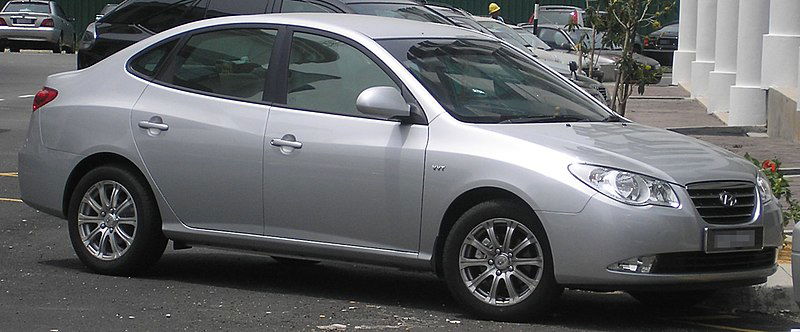
Before sealing the deal, get a comprehensive vehicle history report. This report should reveal important details such as previous accidents, ownership history, and any outstanding recalls. Websites like Carfax or AutoCheck can provide you with the necessary information.
Now, some readers have actually written to ask how to use online resources like Carfax and AutoCheck to unearth a vehicle’s history reports. Since this is a crucial junction in the used car buying journey, let’s take a little detour to explore a step-by-step guide to using Carfax to check a car’s history.
Using Carfax to Check a Vehicle's History: A Step-by-Step Guide
Carfax is a widely recognized and trusted platform for obtaining comprehensive vehicle history reports. These reports provide valuable information about a used car's past, including accidents, ownership history, mileage, and more. Here's a step-by-step guide on how to use Carfax to check a vehicle's history:
Step 1: Obtain the Vehicle Identification Number (VIN)
Locate the 17-character VIN, which is a unique identifier for the vehicle. You can typically find it on the driver's side dashboard, the driver's side door jamb, or the vehicle's paperwork.
Step 2: Visit the Carfax Website
Go to the official Carfax website at www.carfax.com.
Step 3: Access the "Vehicle History Reports" Section
Navigate to the "Vehicle History Reports" section on the Carfax website. This is usually prominently displayed on the homepage or can be found under the "Vehicle Research" or "VIN Check" tabs.
Step 4: Enter the VIN
Enter the VIN in the designated field. Double-check the accuracy of the number before proceeding.
Step 5: Initiate the Report
Click on the "Get Started" or "Search" button to initiate the report generation process. This will trigger a search of Carfax's extensive database to retrieve the vehicle's history information.
Step 6: Review the Vehicle History Report
Once the report is generated, you will be presented with a detailed overview of the vehicle's history. This typically includes information about previous accidents, title issues, service records, ownership history, mileage, and more. Take your time to carefully review and understand the information provided.
Step 7: Consider Additional Reports and Services
Carfax offers various additional reports and services that can reveal further insights into a vehicle's history. These may include a maintenance history report, lemon check, or recall check. Evaluate whether any of these additional reports would be valuable for your specific needs.
Step 8: Make an Informed Decision
Armed with the vehicle history report, you can now make an informed decision about the used car you are considering. Evaluate the information and consider it alongside other factors like the vehicle's condition, price, and maintenance records.
By following these steps, you can effectively utilize Carfax to obtain a comprehensive vehicle history report and gain valuable insights into a used car’s background.
It’s actually a straightforward process where the hardest part is obtaining the car’s VIN. Now, let’s continue with the tips you need to know when buying a used 2008 Hyundai Elantra.
2. 2008 Elantra Buying Tip: Inspect the Exterior:
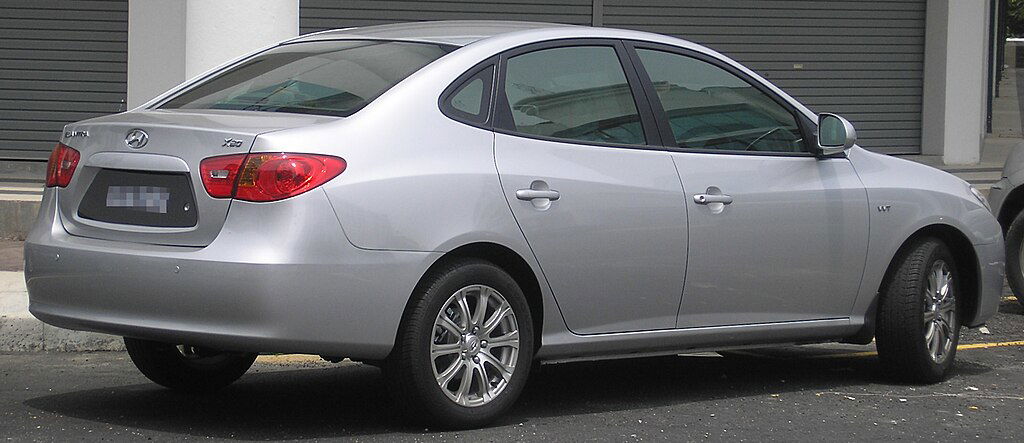
Thoroughly examine the car's body for dents, scratches, or signs of rust. Pay close attention to the paint job as inconsistent colors may indicate previous repairs. Additionally, ensure that the headlights, taillights, and turn signals are functioning correctly.
3. 2008 Elantra Buying Tip: Check the Interior Condition:
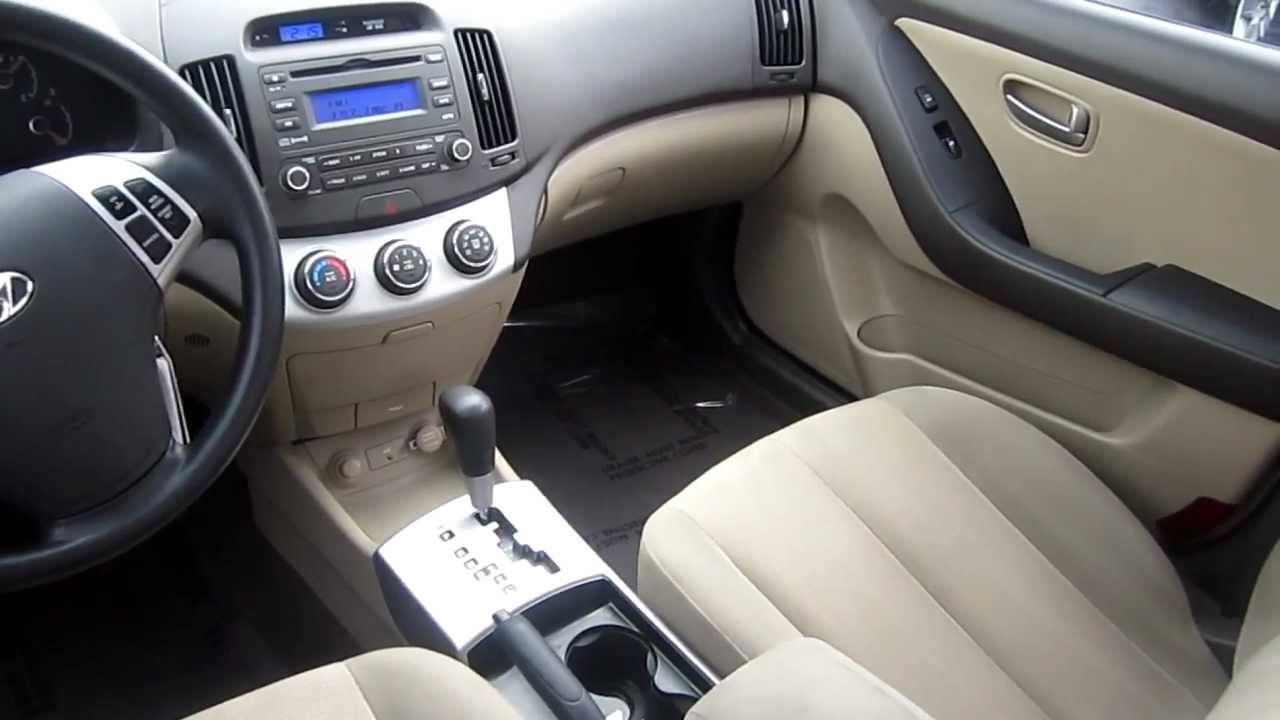
Step inside and inspect the condition of the interior. Look for any signs of excessive wear and tear, such as torn upholstery or damaged dashboard components. Test all the features, including the air conditioning, audio system, power windows, and locks, to ensure they are in working order.
4. 2008 Elantra Buying Tip: Assess the Mileage:
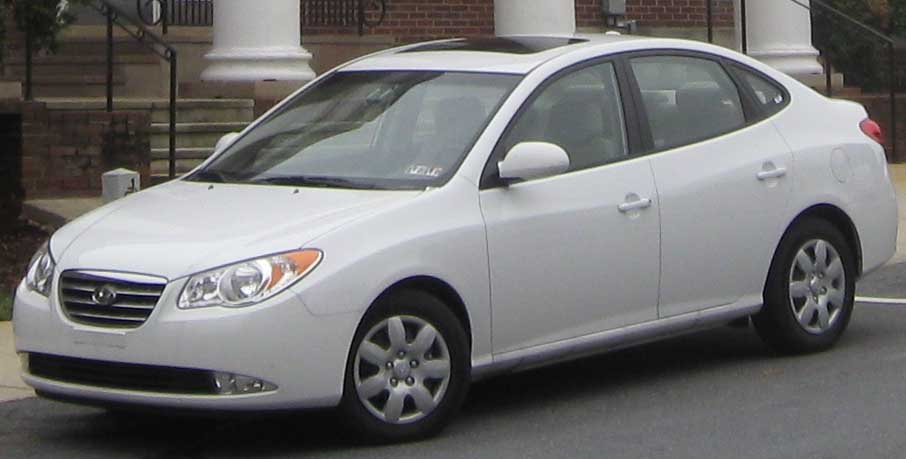
Consider the mileage on the used 2008 Hyundai Elantra. The average annual mileage is around 12,000 to 15,000 miles. Higher mileage may indicate more wear and tear, which is usually a tell-tale of more frequent repairs in the future.
However, the thing with mileage is you get what you pay for. A rarely-driven used car will typically cost more than high-mileage models.
5. 2008 Elantra Buying Tip: Examine the Engine:
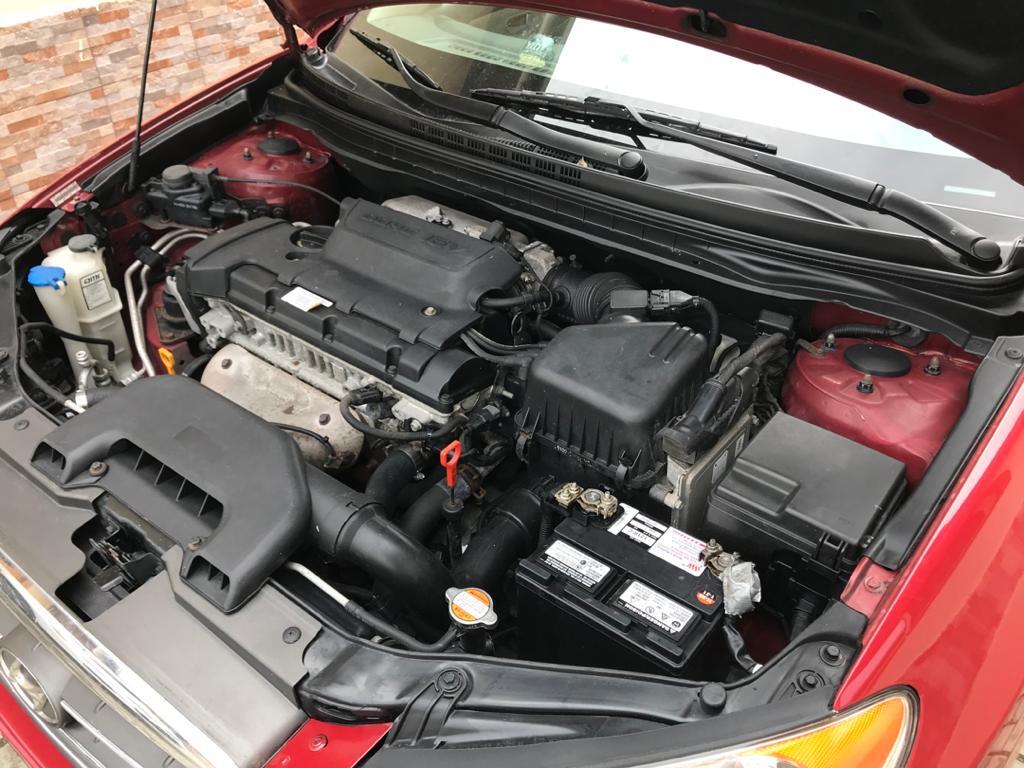
Open the hood and inspect the engine for leaks, unusual noises, or signs of poor maintenance. Look for clean oil and transmission fluid, as dirty fluids may indicate a lack of proper care. Let's take another quick detour to examine the most commonly reported engine problems associated with the ’08 Elantra.
1. Timing Belt Tensioner Failure:
Some owners have reported issues with the timing belt tensioner, which could lead to timing belt failure. You should consider replacing the timing belt and tensioner as per the manufacturer's recommended maintenance schedule to avoid potential engine damage.
2. Oil Leaks:
A few owners have experienced oil leaks from various engine components, such as the valve cover gasket or oil pan gasket. These leaks can lead to oil loss, reduced lubrication, and potential engine damage if not addressed promptly.
3. Engine Misfires:
Some Elantra owners have reported engine misfires, which can cause rough idling, decreased performance, and increased fuel consumption. Common causes of engine misfires include faulty ignition coils, spark plugs, or fuel injectors.
4. Cracked Cylinder Head:
In rare cases, there have been reports of cracked cylinder heads in the 2008 Elantra. A cracked cylinder head can result in coolant leaks, engine overheating, and potential engine damage. Regular maintenance and monitoring of coolant levels are essential to prevent such issues.
5. Variable Valve Timing (VVT) System Problems:
The VVT system is responsible for optimizing engine performance and fuel efficiency. Some Elantra owners have reported issues with the VVT system, leading to rough engine operation, decreased power, and increased emissions.
It's important to note that these reported issues may not be prevalent in all 2008 Hyundai Elantras, and the severity of the problems can vary. Regular maintenance, timely repairs, and addressing any engine-related concerns promptly can help mitigate potential issues and prolong the vehicle’s lifespan.
As always, we advise having a trusted mechanic conduct a thorough inspection before purchasing a used 2008 Hyundai Elantra to ensure the engine is in good condition.
6. 2008 Elantra Buying Tip: Test Drive the Vehicle:
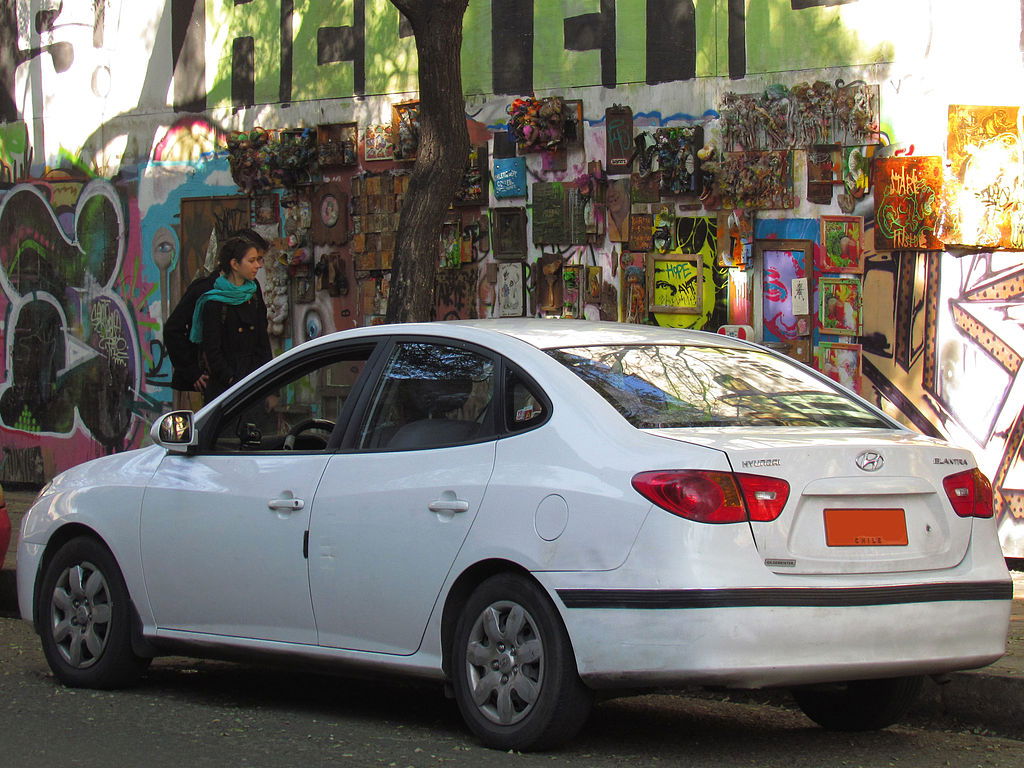
A test drive is crucial to assess the car's performance. Pay attention to how the brakes respond, check for smooth gear shifting, and listen for unusual engine noises. Test the acceleration, steering, and overall handling to ensure a comfortable driving experience.
7. 2008 Elantra Buying Tip: Consider The Fuel Efficiency:
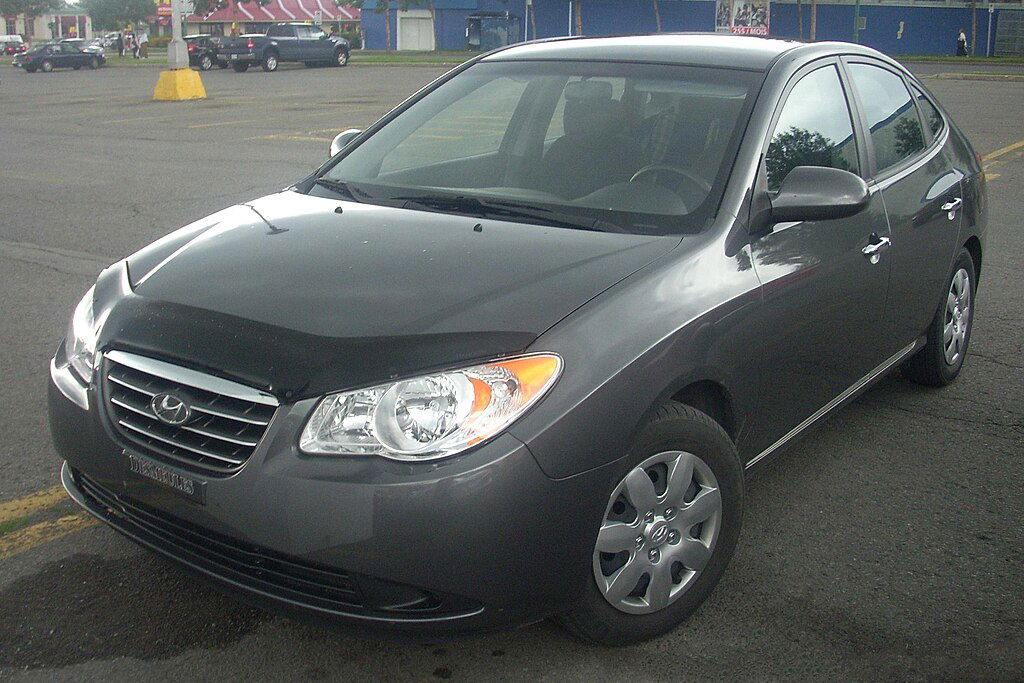
We want to believe that fuel economy is at the top of the list of almost everyone eyeing the 2008 Hyundai Elantra. So, you want to research the EPA estimated mileage for both city and highway driving because the Elantra, or any car for that matter, with good gas mileage will save you money on fuel costs in the long run.
As for the Elantra, its fuel efficiency can vary depending on several factors, including the engine type, transmission, driving conditions, and maintenance. Here are the estimated fuel efficiency ratings for the 2008 Hyundai Elantra:
2.0-Liter Inline-4 Engine:
- Manual Transmission: The manual variant of the 2008 Elantra with the 2.0-liter engine is estimated to achieve approximately 24-26 miles per gallon (mpg) in the city and 33-35 mpg on the highway.
- Automatic Transmission: The automatic variant of the 2008 Elantra with the 2.0-liter engine is estimated to achieve approximately 24-25 mpg in the city and 33-34 mpg on the highway.
It's important to note that these figures are approximate and can vary based on driving habits, road conditions, and other factors.
Furthermore, regular maintenance, such as keeping tires properly inflated, using the recommended fuel grade, and adhering to the manufacturer's recommended service intervals, can help optimize fuel efficiency.
Related Reading: These Are 13 Used Cars To Avoid At All Costs (But They’re Not Entirely Bad)
8. 2008 Elantra Buying Tip: Inspect The Safety Features:
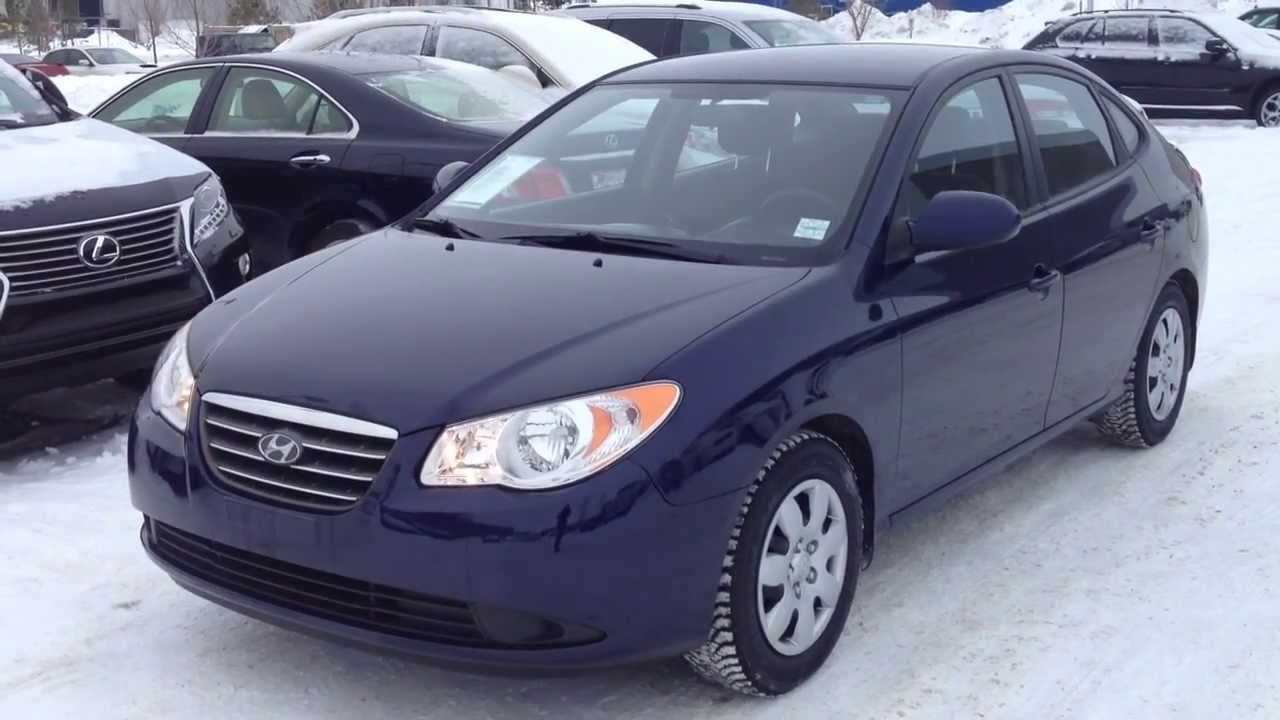
Ensure that the used Elantra has essential safety features such as airbags, anti-lock braking system (ABS), stability control, and traction control. These features increase peace of mind because they’re there for your safety in the event of – hopefully not – an accident.
So, what other safety features should you look out for beyond the ABS, traction, and stability control?
While the exact feature lists may vary depending on the trim level and optional packages, below is a list of common safety features you can expect in the 2008 Hyundai Elantra:
1. Dual Front Airbags:
The Elantra comes equipped with dual front airbags for the driver and front passenger’s safety in a frontal collision.
2. Front Seat-Mounted Side-Impact Airbags:
These airbags provide additional protection to the driver and front passenger in the event of a side-impact collision.
3. Roof-Mounted Side Curtain Airbags:
These airbags deploy from the roof lining to provide head protection for occupants in both the front and rear seats during a side impact or rollover.
4. Anti-Lock Braking System (ABS):
ABS helps prevent the wheels from locking up during emergency braking situations, allowing the driver to maintain steering control.
5. Electronic Stability Control (ESC):
ESC continuously monitors the vehicle's stability and helps prevent skidding or loss of control. It can selectively apply the brakes and adjust engine power to individual wheels to maintain stability.
6. Traction Control System (TCS):
TCS works with the ESC to prevent wheel spin during acceleration on slippery surfaces.
7. Tire Pressure Monitoring System (TPMS):
This system monitors the tire pressure and alerts the driver if any tire pressure drops below the recommended level. This helps prevent potential tire-related issues.
8. Child Safety Rear Door Locks:
The Elantra features child safety locks on the rear doors so they can’t get opened from the inside. This feature provides added security for the rear-seat passengers.
9. LATCH System (Lower Anchors and Tethers for Children):
The Elantra features the LATCH system, simplifying the installation process for compatible child seats securely.
10. Energy-Absorbing Steering Column:
The steering column is designed to absorb energy in case of a frontal collision, reducing the risk of injury to the driver.
11. Front and Rear Crumple Zones:
These engineered zones absorb and dissipate energy during a collision, helping to protect occupants by minimizing the impact forces transferred to the passenger compartment.
12. Three-Point Seatbelts:
All seating positions in the Elantra have three-point seatbelts to improve occupant restraint and safety. Note that the availability of specific ’08 Elantra safety features may vary based on the trim level and optional packages.
9. 2008 Elantra Buying Tip: Consider Maintenance And Repair Costs:

Research the average maintenance and repair costs associated with the 2008 Hyundai Elantra. When buying a used car, look for common issues reported by owners and check if any major repairs or recalls got issued for that particular model year.
According to RepairPal, 2008 Elantra owners enjoy an excellent ownership cost since the vehicle’s average annual repair cost is $452 (₦349,622 at ₦773.50/$), and the frequency and severity of repairs are both significantly lower compared to similarly classed vehicles.
That’s a verdict on the ’08 Elantra as one of the more reliable cars on the road. To understand the longer-term ownership expectation, CarEdge reports that a Hyundai Elantra will set you back around $5,880 spent on maintenance and repairs during its first ten years of service.
CarEdge also reports that the Elantra’s possibility of requiring a major repair in those first 10 years is 3.77% better than similarly classed cars. We encourage our Nigerian readers not to get scared by those figures above because you won't be spending actual dollars when changing engine oil or fueling your car.
10. 2008 Elantra Buying Tip: Check for Insurance Rates:
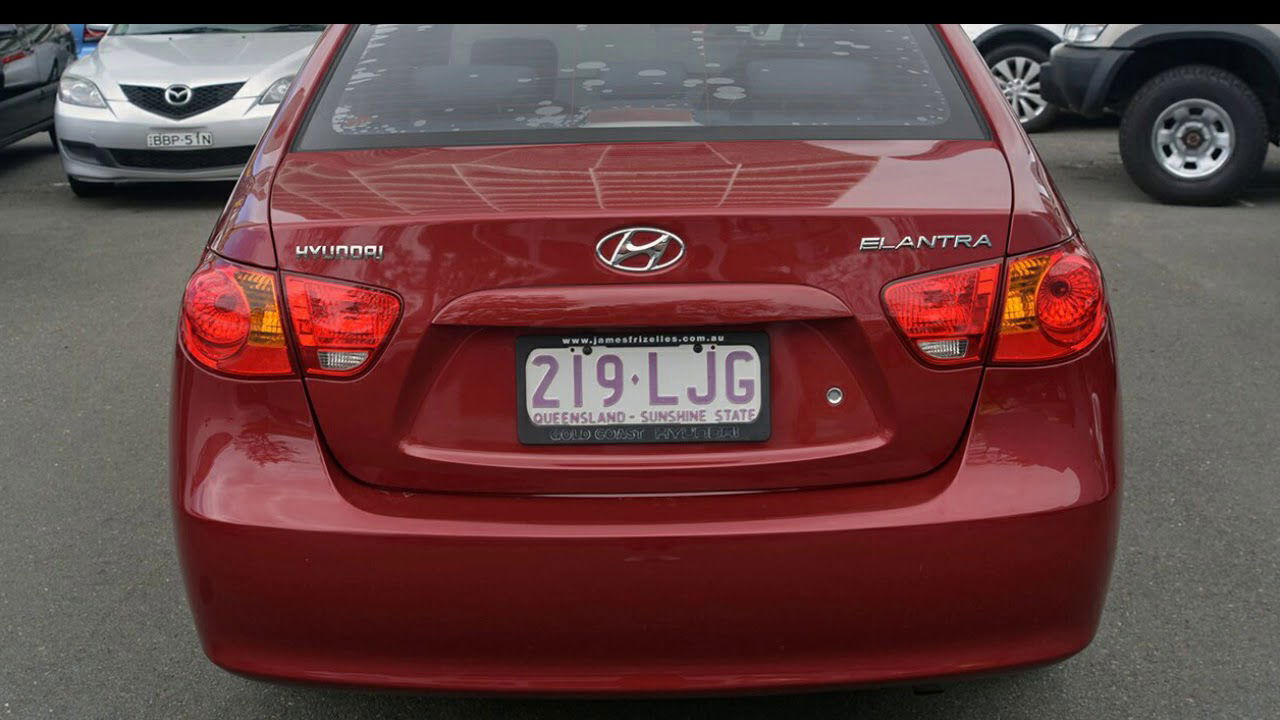
Insuring your car is just as important as the safety features. Contact a reputable insurance provider to get an estimate of the insurance rates for the 2008 Elantra. Insurance costs can vary depending on factors like the car's safety features, repair costs, and theft rates. Understanding the potential insurance expenses will help you budget accordingly.
11. 2008 Elantra Buying Tip: Pricing And Negotiation:
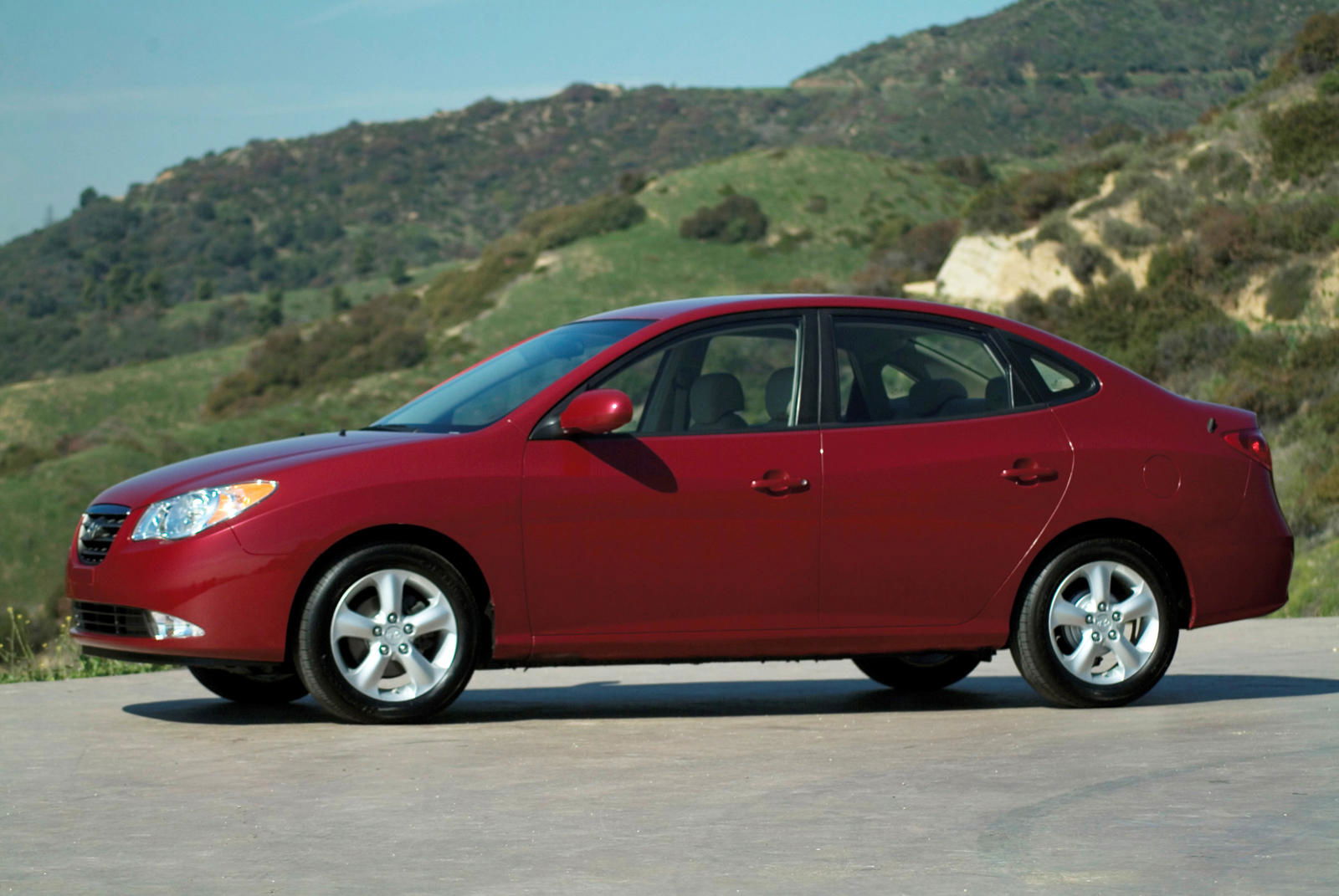
Research the used 2008 Hyundai Elantra’s market value to ensure you get a fair deal. Websites like Kelley Blue Book or Edmunds provide pricing information based on the vehicle's condition, mileage, and location.
In Nigeria, you might want to browse websites like Jiji and Carmart to get a general idea of market trends. Use this information as a bargaining tool to negotiate a reasonable price with the seller.
12. Get a Professional Inspection:
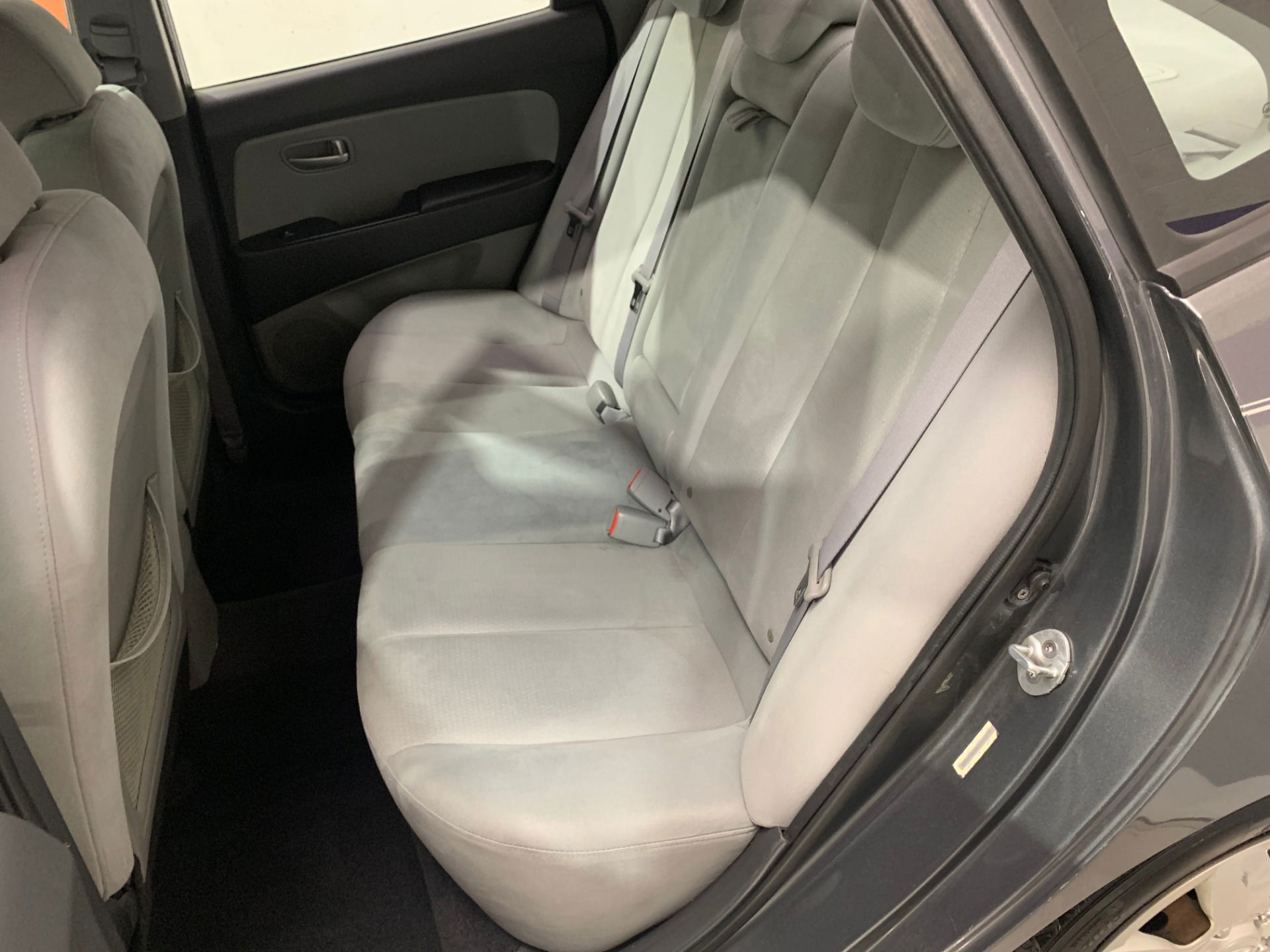
Finally, it always helps not to lean entirely on your understanding. Consider having a professional mechanic inspect the used car before finalizing the purchase. An experienced mechanic can identify hidden issues that may not be apparent during a test drive. We encourage you to check out this checklist for inspecting a used car.
Final Word On Buying A Used ’08 Hyundai Elantra

Buying a used 2008 Hyundai Elantra can be a wise investment, but it's crucial to approach the process with knowledge and caution. By following these 12 essential tips, you can make an informed decision and get a reliable and well-maintained vehicle.
Remember to do your research, inspect the car thoroughly, and consider seeking professional assistance. With these considerations in mind, you'll be well-equipped to embark on your next used car hunt with confidence and peace of mind. Happy car hunting!